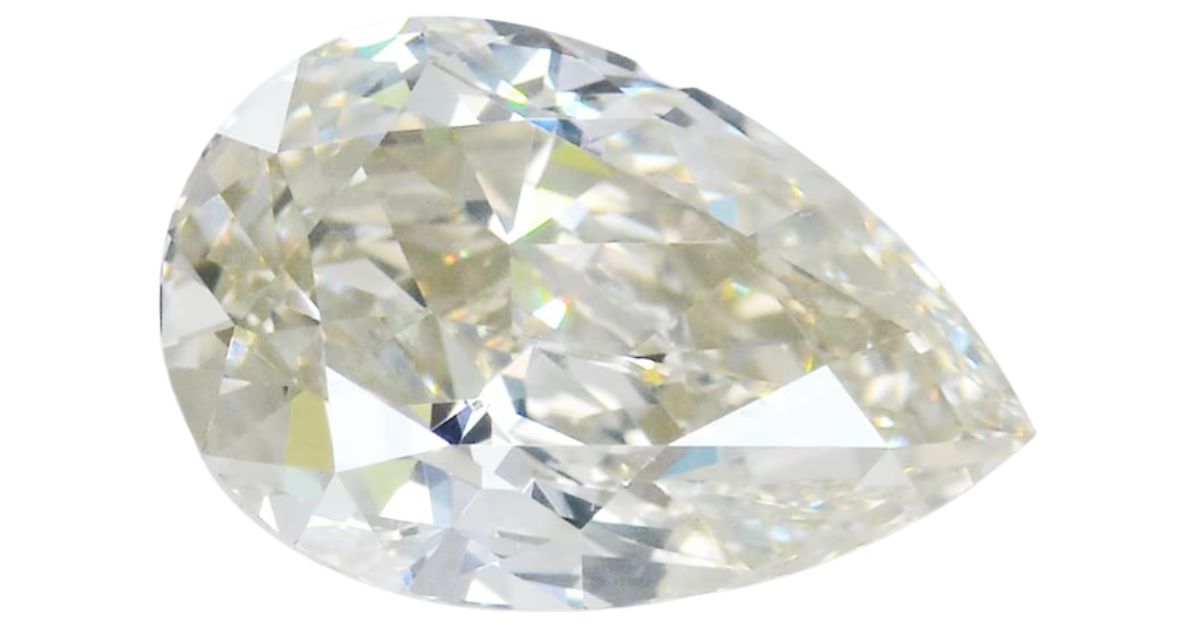Diamonds are more than just shiny rocks; they are a fascinating part of Earth’s natural wonders. There are different types of diamonds, and each one tells a unique story of deep Earth processes and history.
Learning about how diamonds are categorized helps understand why some sparkle more or look different in color. The types are based on what’s inside them, like nitrogen or other elements, which change how they look and act.
Exploring these varieties opens up a whole world of cool facts and science. Each diamond type has its own journey from deep underground to the surface, making them a cool topic to dive into.
The 4 Different Types Of Diamonds And What They Look Like
Diamonds are not just sparkly stones; they are remarkable pieces of Earth’s story, each with unique features. When talking about what diamonds look like, it’s interesting to know that they are categorized into two main types: Type I and Type II.
Type I diamonds contain nitrogen impurities, which can influence their color and appearance in various ways. Type II diamonds, on the other hand, are free from nitrogen impurities, giving them different characteristics and appearances.
Type Ia Diamonds
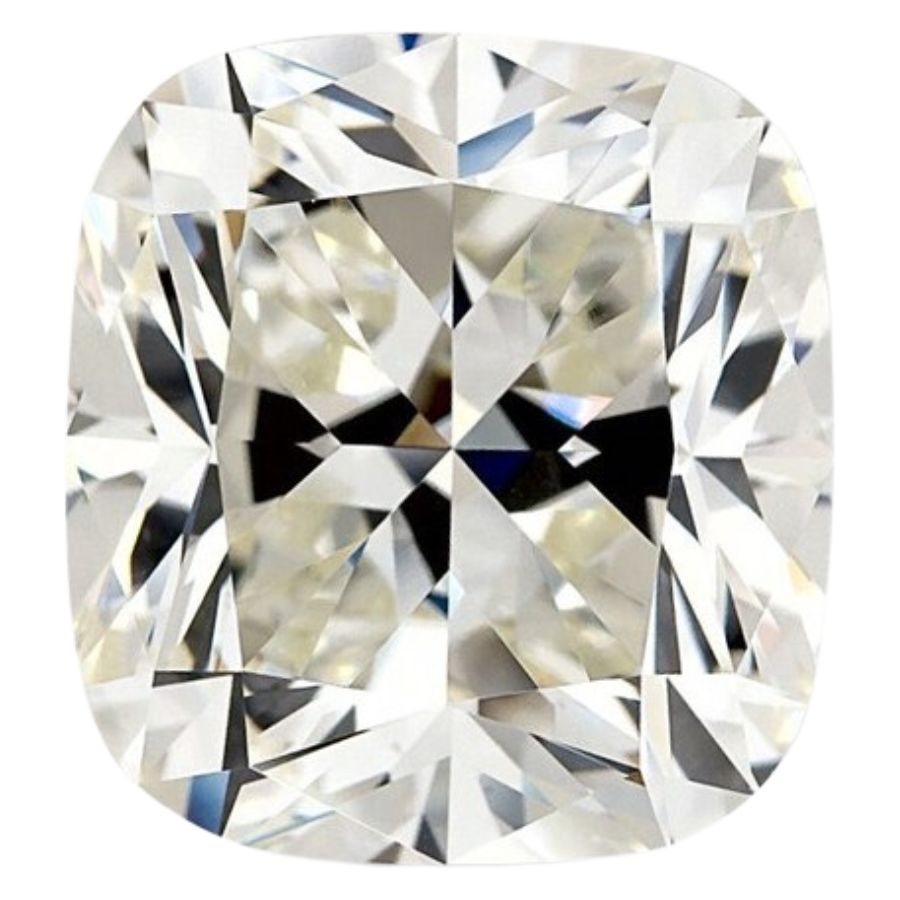
Type Ia diamonds are fascinating because they contain clustered nitrogen atoms. Since nitrogen is abundant in our atmosphere, it often gets incorporated into diamonds during their formation, influencing their appearance.
These diamonds usually have a range of colors, from almost colorless to lightly colored, largely due to their nitrogen content.
The more nitrogen they have, the more likely they are to show a yellowish tint. They also tend to display a blue fluorescence.
Type Ia diamonds are further categorized into IaA and IaB, based on how the nitrogen atoms are arranged – either in pairs or in clusters of four.
This arrangement not only affects the hue of the diamond but also contributes to the diversity within this type.
Where you can find Type Ia diamonds
Type Ia diamonds are found in the same geological formations as other diamond types, typically in kimberlite or lamproite pipes. These diamonds are discovered in various parts of the world, with significant deposits in South Africa.
For those interested in the wonders of natural diamonds and other gems, remember to explore further into this fascinating world. Check out our gem mining article for tips on crystal hunting and uncovering the hidden beauties of the Earth.
DON'T MISS OUT ON ANY GREAT FINDS!
While you're out searching you're going to find A LOT of other interesting rocks and minerals along the way. The last thing you want to do is toss out something really interesting or valuable. It can be easy to misidentify things without a little guidance.
You absolutely need a good reference guide in order to understand what you're looking at!
We've put together a fantastic field guide that makes identifying 140 of the most interesting and valuable rocks and minerals you will find REALLY EASY. It's simple to use, really durable, and will allow you to identify just about any rock and mineral you come across. Make sure you bring it along on your hunt!
Now, back to the identification specifics:
Type Ib Diamonds
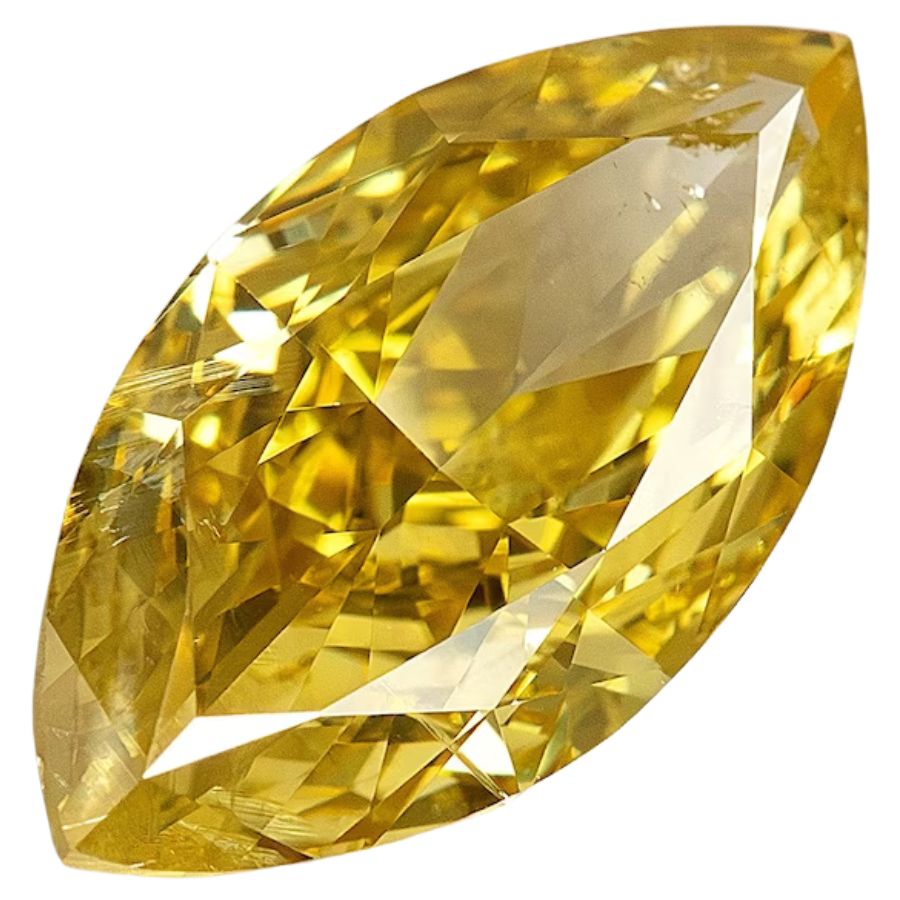
Type Ib diamonds are special in the world of gemstones because of their distinct color and composition. They have their nitrogen atoms scattered individually throughout the carbon lattice, which affects their appearance.
This unique arrangement of nitrogen gives Type Ib diamonds a striking yellow color, sometimes even deepening to orange or brown shades.
The intensity of the color varies, with some Type Ib diamonds displaying a soft, subtle hue and others showcasing a vibrant, eye-catching tint.
When light passes through these diamonds, it interacts with the scattered nitrogen in a way that brings out their rich color.
Where you can find Type Ib diamonds
Type Ib diamonds are found in the same volcanic rocks as other diamonds, particularly in areas rich with kimberlite or lamproite formations. These vibrant gems are less common but have been unearthed in several diamond-producing regions.
Be sure to check out our rockhounding article for the best rockhounding locations and delve deeper into the world of rocks and minerals.
Type IIa Diamonds
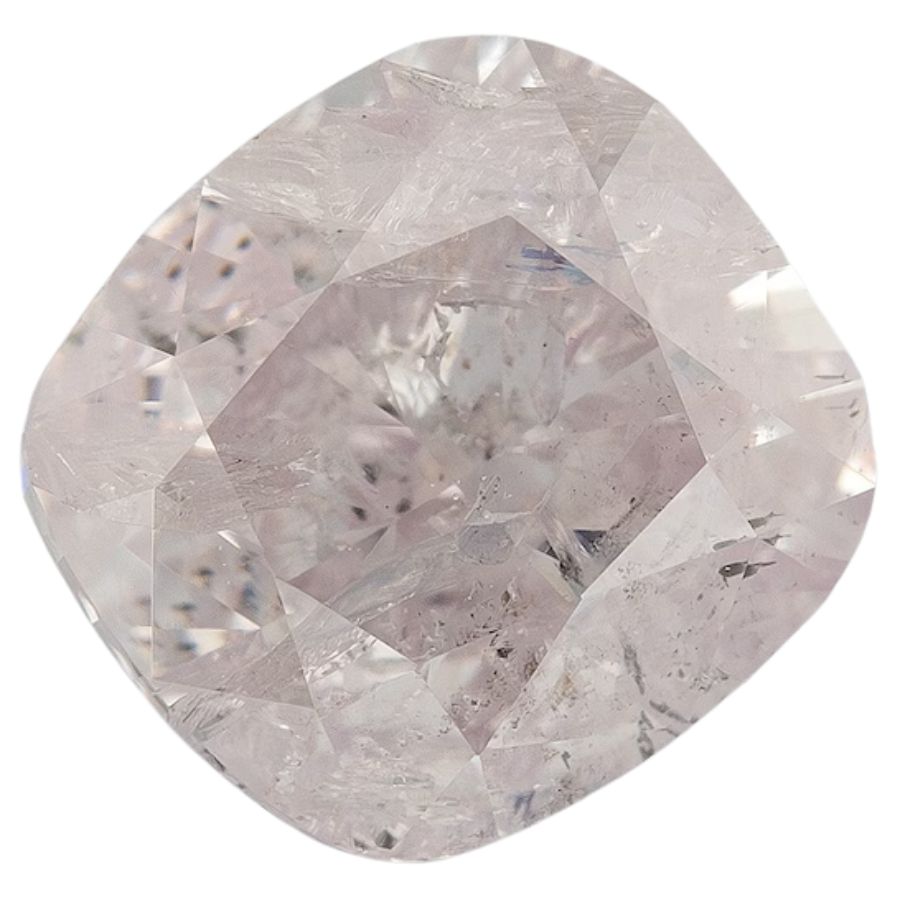
Type IIa diamonds are a special category of diamonds known for their exceptional purity and lack of nitrogen impurities. This makes them some of the most transparent and colorless diamonds in the world.
These diamonds often display a high degree of brilliance and can appear almost glass-like due to their remarkable clarity. Their color can range from completely colorless to a faint yellow or brown hue.
One interesting aspect of Type IIa diamonds is their ability to conduct electricity. This feature is due to the specific way the carbon atoms are arranged in these diamonds.
While Type IIa diamonds are particularly noteworthy for their qualities, the value of diamonds in general is influenced by their rarity and the demand in the market.
Where you can find Type IIa diamonds
Type IIa diamonds are often found in parts of Africa, particularly in countries like Botswana and South Africa. These diamonds can also be discovered in India and Brazil, where geological conditions have allowed their formation.
Type IIb Diamonds
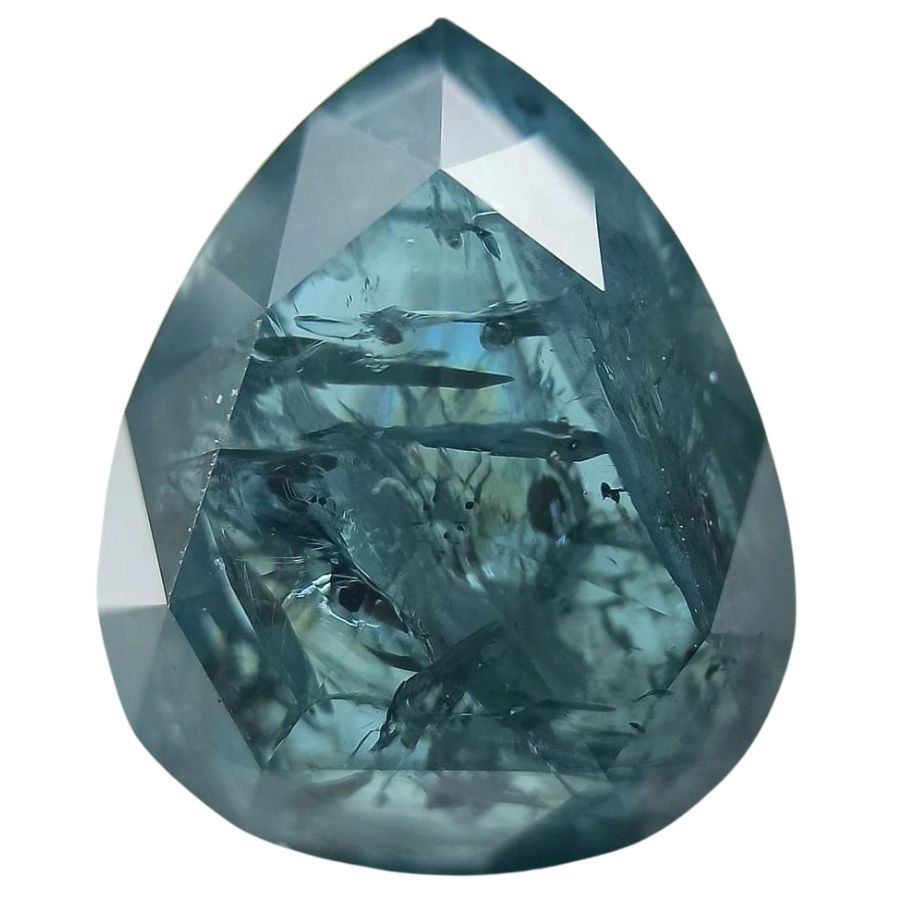
Type IIb diamonds are a rare and distinct group among various diamond types, known for their unique composition. They contain boron, which gives them an exceptional blue color, setting them apart from other diamonds.
These diamonds are often admired for their color’s intensity and depth, ranging from light blue shades to deep, vivid blues. Their striking appearance is due to the way boron interacts with the diamond’s carbon structure, influencing its color.
Type IIb diamonds are not only unique in color but also in their electrical conductivity. Unlike most diamonds, which are insulators, the presence of boron makes Type IIb diamonds semi-conductors of electricity.
Where you can find Type IIb diamonds
Type IIb diamonds, which are quite rare, are often found in India and South Africa. These specific diamonds have also been discovered in Brazil and Russia, adding to their global presence.

